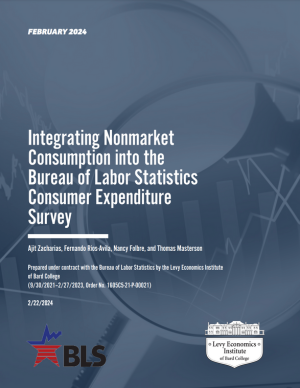
Publications
If US grows to potential it would stimulate eurozone recovery
Copyright 1992 The Financial Times Limited (London, England)
Tuesday, March 2, 2004; Financial Times USA Edition 2; Letters to the Editor; Pg. 12
Sir, Nicholas Garganas may be right to suggest that European Central Bank monetary policy is appropriate (“ECB official gives blunt rebuff to rate cut call,” February 27). Your editorial in the same issue (“Currencies cause Schroder pain”) may also be right to suggest that although one may sympathise with the German chancellor’s plea for an interest rate cut, “the ECB in Frankfurt has to take account of conditions in the euro area as a whole.” The argument, however, is more complex.
The buoyancy of the US economy since the end of the Iraq war and the spectacular recovery of exports in the US, and that of the euro area and Japan to a lesser extent, have raised hopes of a US-led world recovery. However, the euro area has suffered significant losses in competitiveness because of the strong appreciation of the euro in the past three years and its slow adjustment of competitiveness to changes in the nominal exchange rate. These developments in (G-3) competitiveness augur well for a rise in US and Japan exports from a world recovery, but they cast doubts on whether the euro area can benefit from it.
Despite these concerns we would suggest that if the US economy were to grow as fast as potential output in the next two years, then the world economy would recover. Such growth would be sufficient to offset previous. losses in competitiveness and allow the euro area to enjoy an export-led recovery. But, a rate cut by the ECB would not have the desired effect of restraining the euro rise, as its business cycle is synchronised with that of the US Since the burst of the bubble in 2000 both players are struggling to recover and a weak currency is desirable by both.
In the absence of intervention the only stable outcome is the one that favours dollar weakness and this is the one that markets impose. Investors, in trying to protect the value of their portfolios, usually enforce a stable outcome, because it would lead to a US-led world recovery. Whereas a dollar rise (and consequently a euro fall) would not help the rest of the world and, perhaps, not even the euro area itself.
In this respect, the experience of France in the early 1980s is pertinent. Similarly, in the period between the end of the Asian-Russian crisis (1998) and the burst of the equity bubble (2000) the ECB, and before it the Bundesbank, was again unable to stem the euro plight, in spite of tight monetary policy because its business cycle was again synchronised with that of the US
By contrast, whenever the US business cycle is not synchronised with that of the euro area, the resulting equilibrium is stable, simply because there is no conflict—one player’s interest dictates a strong currency, while the other’s dictates a weak currency. This was the case between 1994 and 1998, when the US was overheated but the euro area was operating with spare capacity.
George Garganas and your editorial may be right in their conclusions but the justification of the argument is far deeper and more complex.
Published by:The Financial Times
